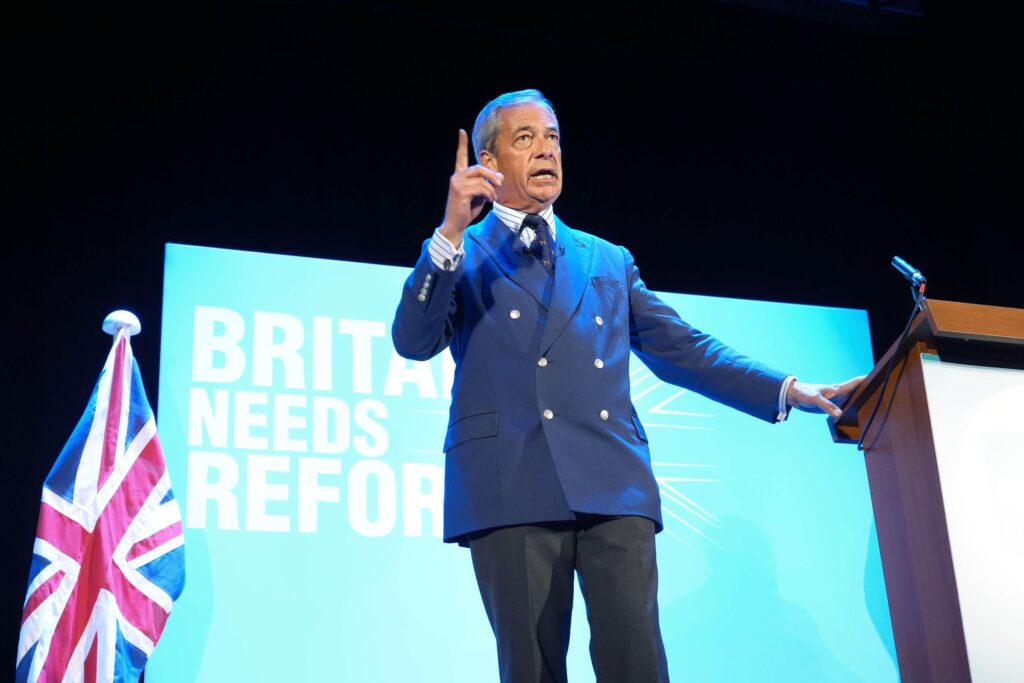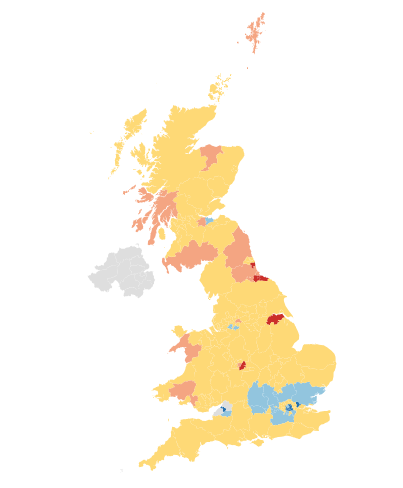Engineers have ‘vital’ role to play in unlocking green finance
Breaking down barriers between financiers and civil engineers could unlock vast flows of finance into low-carbon infrastructure projects, according to a new report from the Institution of Civil Engineers (ICE) published today.
The report, Financing Low-Carbon Infrastructure, argues that civil engineers have a vital role to play in communicating the data financiers need to manage risk and prove the climate benefits of potential projects. Many investors lack the technical insight to interpret evidence and decide whether a project is worthy of investment.
It comes as delegates at the COP27 climate summit in Egypt debate how to turn the money pledged by pension funds, finance institutions and governments in Glasgow last year into spades-in-the-ground projects. Global spending on physical assets to achieve net zero is expected to average US$9.2 trillion per year between now and 2050.
Despite a growing appetite in the private sector to invest in green infrastructure, the report finds that many projects fail to attract funding. This is partly due to the high initial construction costs and the long timelines associated with seeing value from infrastructure projects. But it also notes anxiety among investors around the risks and the quantifiable carbon reductions of some projects – especially those that use untested technologies.
Alex Doyle, deputy chief impact officer at the UK Infrastructure Bank and one of the contributors to the report, said: “Engineers are one of the most important parts of the green finance story. Because ultimately everything comes back to the asset, and the asset is always designed with an engineer.”
The report aims to provide civil engineers with an introduction to some of the investment mechanisms used to finance infrastructure projects. It explains the potential concerns financiers may have when considering whether to invest, and how to answer these.
It also highlights case studies of innovative financial models that have been used, including for the Dogger Bank Wind Farm and associated South Bank Quay in north-east England, the Orca direct air carbon capture and storage plant in Iceland, and community renewable energy projects in South Africa.
Mark Hansford, Director of Knowledge at the ICE, said: “There is a huge opportunity to unlock investment in the clean, low-carbon infrastructure of tomorrow. Greater collaboration between the engineering and finance communities could be an important catalyst. I hope this report, and the network we are creating, will help professionals from different disciplines talk to each other and foster a spirit of cooperation.”
Today’s report recommends that the ICE set up a new Knowledge Network on financing infrastructure, to support civil engineers learning about green finance, and to promote the ways in which engineers can help de-risk investment.
It also calls on civil engineers to approach all infrastructure projects with decarbonisation in mind, and to be transparent with their data and calculations to give financiers the evidence they need to invest.











